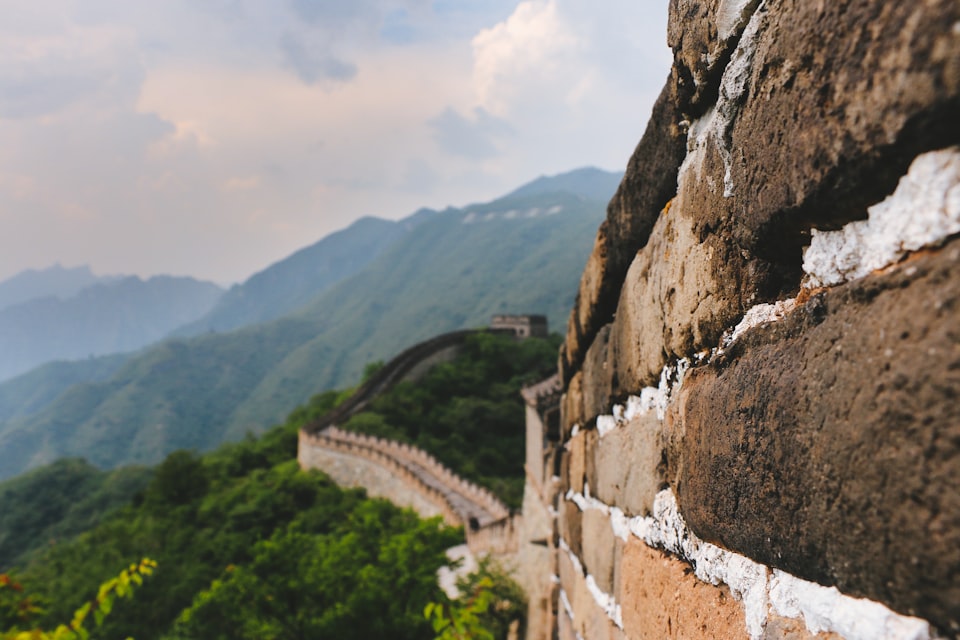Describe the main features of bronze age civilization in China.

Main Features of Bronze Age Civilization in China
The Bronze Age in China, which spanned from around 2000 BCE to 771 BCE, marked a significant period of development and cultural growth. During this time, various dynasties and civilizations emerged, leaving behind a rich legacy that continues to shape Chinese history and culture. In this blog post, we will delve into the main features of Bronze Age civilization in China, exploring its complexities, intricacies, and various facets.
The Context of the Bronze Age Civilization in China
The Bronze Age in China was a time of immense progress and innovation. It witnessed the rise of several influential dynasties, including the Xia, Shang, and Zhou dynasties. These dynasties laid the foundation for Chinese civilization as we know it today.
The Bronze Age was characterized by the extensive use of bronze, a copper alloy that revolutionized weaponry, tools, and ceremonial objects. This period saw significant advancements in agriculture, technology, art, and social structure.
Now let's dive deeper into the main features that defined Bronze Age civilization in China.
The Intricacies of Bronze Age Civilization in China
1. Advanced Metallurgy: The mastery of bronze metallurgy was a defining feature of the Bronze Age in China. Skilled artisans developed sophisticated techniques to create bronze objects, including weapons, cauldrons, vessels, and ritual objects. The production of bronze required a complex process involving mining, smelting, and casting.
2. Social Hierarchy: Bronze Age society in China was characterized by a well-defined social hierarchy. The ruling class, consisting of kings and nobles, held significant power and wealth. They owned vast lands, controlled resources, and monopolized the production of bronze. Below them were the commoners, who engaged in agriculture, craftsmanship, and trade. Slavery was also prevalent during this period.
3. Oracle Bone Script: The Shang Dynasty introduced a complex system of writing known as oracle bone script. This script was inscribed on turtle shells and animal bones, primarily for divination purposes. The oracle bone script is considered one of the earliest forms of Chinese writing and provides valuable insights into the society, culture, and beliefs of the time.
4. Religious and Ritual Practices: Bronze Age civilization in China was deeply influenced by religious and ritual practices. Ancestor worship played a crucial role, with families honoring their ancestors through elaborate rituals and ceremonies. Divination, sacrificial offerings, and rituals to appease spirits were also common.
5. Artistic Achievements: The Bronze Age in China witnessed remarkable artistic achievements. Bronze vessels, decorated with intricate designs and motifs, showcased the technical prowess and artistic sensibilities of the time. These vessels served both practical and symbolic purposes, reflecting the importance of rituals and social status.
6. Agricultural Innovations: The Bronze Age brought significant advancements in agriculture, leading to increased food production and population growth. Irrigation systems, better tools, and improved farming techniques contributed to higher agricultural productivity.
7. Trade and Exchange: The Bronze Age marked an increase in trade and exchange networks. The production and distribution of bronze objects facilitated trade between different regions. This exchange of goods also led to cultural diffusion, as ideas, technologies, and artistic styles spread across the land.
This brief overview scratches the surface of the complexities involved in Bronze Age civilization in China. Let's now move on to address some commonly asked questions about this fascinating period.
Frequently Asked Questions
Q: What were the major contributions of the Shang Dynasty to Bronze Age civilization in China?
A: The Shang Dynasty made significant contributions to Bronze Age civilization in China. They perfected bronze metallurgy, developed a system of writing known as oracle bone script, and established a centralized political and social structure. Their artistic achievements and religious practices also left a lasting impact on subsequent dynasties.
Q: How did the use of bronze in China compare to other ancient civilizations?
A: The use of bronze in China during the Bronze Age was extensive and highly sophisticated. Chinese artisans mastered intricate techniques of casting, carving, and decorating bronze objects. The scale and variety of bronze artifacts found in China surpass those of many contemporary civilizations, highlighting the importance of bronze in Chinese society.
Q: What caused the decline of Bronze Age civilization in China?
A: The decline of Bronze Age civilization in China can be attributed to various factors. Internal conflicts, invasions by nomadic groups, and the emergence of new dynasties led to political instability. Furthermore, advancements in iron metallurgy gradually replaced bronze as the primary material for weapons and tools, signalling the end of the Bronze Age.
Now that we have explored the main features of Bronze Age civilization in China and addressed some common questions, it is evident that this period played a pivotal role in shaping Chinese history, culture, and identity. The legacy of the Bronze Age continues to resonate through the ages, reminding us of the remarkable achievements and advancements of ancient Chinese civilization.

Remember, understanding our past is essential to comprehend our present and shape our future.
